
Why Are Whiteboards So Expensive?
Whiteboards are manufactured with a wide variety of components and come in a large range of shapes and sizes. Many can be quite expensive, especially high-end models that are crafted of painted steel, porcelain, aluminum coated with white ceramic, and steel coated with enamel or glass. The raw materials that go into these high-priced boards, such as steel, aluminum, and the ceramic ingredients used in firing porcelain enamel, are quite costly, and the manufacturing processes used to produce them consume a massive amount of energy, all of which contribute to their high cost. These processes are also highly polluting and thus add greatly to the degradation of our planet’s air, soil, and water. In this article, you’ll learn why whiteboard painted walls are not only more affordable but better quality.
Porcelain Enamel-On-Steel Whiteboard Production
A good example of an extremely costly and polluting whiteboard manufacturing process is that of porcelain enamel-on-steel boards, which are baked in ovens to fuse the raw enameling material onto the steel. The substance fused onto the steel, an unfired combination of chemical ingredients known as frit, is sprayed onto a substrate and then fired in an oven at approximately 750 to 850 degrees Celsius (1,380 to 1,560 degrees Fahrenheit). Then a second coat of frit is applied on top of the first to produce a smooth glossy finish. The entire system for producing industrial porcelain enamel is extremely complex, involving many delicate and highly technical manufacturing methods. More specifically, the process for applying porcelain enamel onto metal entails mixing and preparing the raw materials, preparing the substrate prior to being coated, applying and firing the materials, and then performing a series of finishing procedures to create the end product. Nowadays, most porcelain enamel application systems also involve the application of two layers: a ground coat that adheres to the metal substrate and a top coat that supplies the appearance and functionality sought by the manufacturer.
Because the raw materials or frits used in porcelain enameling often have to be blended at higher temperatures than those required for the firing process, most present-day industrial enameling companies avoid thoroughly mixing their own frits. Instead, they typically buy their frit ingredients from specialized producers in the form of stock formulations, and then any special ingredients that the companies want to include are added to the mix before the frits are applied to the substrates and fired.
High Expense is Related to Materials, Production Methods, and Markups
In light of the complexity and demanding technical procedures involved in making high-end porcelain dry erase boards, it is easy to see that the manufacturing process is one of the main reasons for their high cost. Another factor in the costliness involves the many markups or margins imposed at various levels of the production and distribution process. When you go to buy a new high-end porcelain whiteboard, these markups are responsible for a large percentage of the selling price. Consider the metal that comprises the board’s substrate: a mining company that excavates the iron or aluminum ore takes a markup; the ore is then refined, formed, finished, and distributed, resulting in four more markups. Finally, the markups charged by the distributors and the retailers who sell the high-end boards, such as office supply stores, home improvement stores, and online industrial suppliers, add even more to the cost. And all of these markups are in addition to the huge expenses involved in buying the raw materials and completing the complex porcelain application process discussed above.
Melamine-Coated Whiteboards Are Also Quite Costly Over the Long Term
The most common types of whiteboards and those that are the least expensive in terms of initial cost are made of melamine, a type of resin-permeated paper that is usually applied to a base material or substrate such as particleboard or medium-density fiberboard (MDF). Melamine whiteboards differ considerably in terms of quality, and this variation is based largely on the amount of melamine resin that is applied to the substrate during the manufacturing process. Some melamine dry erase boards will remain relatively clean and show no signs of ghosting even after a long period of use, whereas others will begin to show signs of smudging and ghosting in a matter of only a few days or weeks. These problems occur due to the permeability of melamine surfaces, which begin attracting and holding dry erase marker ink on the first day of use. Generally, melamine-coated whiteboards are most often used in non-institutional settings such as private homes, retail shops, restaurants, and small offices and are commonly available for sale at neighborhood and online office supply stores.
The writability, erasability, and cleanability of different melamine whiteboards vary greatly, but these types of boards generally require regular maintenance and have lifespans of only one to five years. As a result, melamine dry erase boards are not appropriate for settings where they would receive heavy use, such as elementary, middle, and high schools, universities, and busy offices, because over time, the melamine coating deteriorates, and the material from the substrate starts to appear on the surface, at which point the boards are ready for the landfill, being non-recyclable and thus environmentally unfriendly.
Consequently, melamine boards may be the least expensive type of whiteboards on the market, but they demand the greatest amount of regular maintenance and also deteriorate quickly, have brief life expectancies, and need to be replaced often. So, over the long term, the use of melamine dry-erase boards can be even more costly for a school, business, hospital, household, or organization than higher-end boards such as those made of enameled steel or aluminum.
Whiteboard Paint Coated Surfaces Give Reliable Service and Reduce Costs Over the Long Term
Considering the large amount of expense accrued over time by using either high- or low-end standard whiteboards, individuals, businesses, and organizations are increasingly looking to find alternative products that can provide reliable service over many years and also save them money. The answer to their quest lies in a high-quality whiteboard coating, which can greatly reduce expenses while providing a huge writable surface that resists smudging, streaking, and ghosting, just like the most expensive wall-mounted dry erase boards. Due to its sophisticated chemical formula, which contains the highest quality dry erase coating ingredients that money can buy, premium whiteboard paint also possesses levels of impermeability and durability like those of porcelain enamel, glass-coated steel, and other high-end dry erase boards. The surface produced by the coating features an extremely tough membrane that dry erase ink cannot penetrate, so it is easily erased with just a dry microfiber cloth and occasionally cleaned with a damp cloth without leaving any trace of ink residue behind.
Top-grade whiteboard coating can be installed in business offices, classrooms, retail shops, medical facilities, restaurants, and countless other venues for a small percentage of the price of a standard dry erase board, which offers far less surface area for writing and drawing. With a short-lived 4’ x 6’ melamine whiteboard costing as much as $200, it’s only natural that corporations, schools, universities, hospitals, and other organizations are increasingly switching to whiteboard painted walls in their venues, where a 50-square-foot surface can be covered for the same amount as a standard whiteboard or less.
In many cases, such a purchase will allow for an entire wall to be coated and then used as a vast whiteboard canvas, providing a much greater amount of surface area than a standard whiteboard for writing memos, generating large mind maps that everyone in a meeting can view, outlining project proposals, and countless other functions. Moreover, dry erase coated walls last approximately three times longer than standard whiteboards, providing even greater savings over time, and reducing the amount of waste material entering the world’s landfills.
In conclusion, traditional whiteboards of either the high- or low-end variety are expensive, and whiteboard painted walls offer an excellent low-cost alternative and a high-quality medium for writing and drawing that will last for ten-plus years of steady use without the need for recoating.
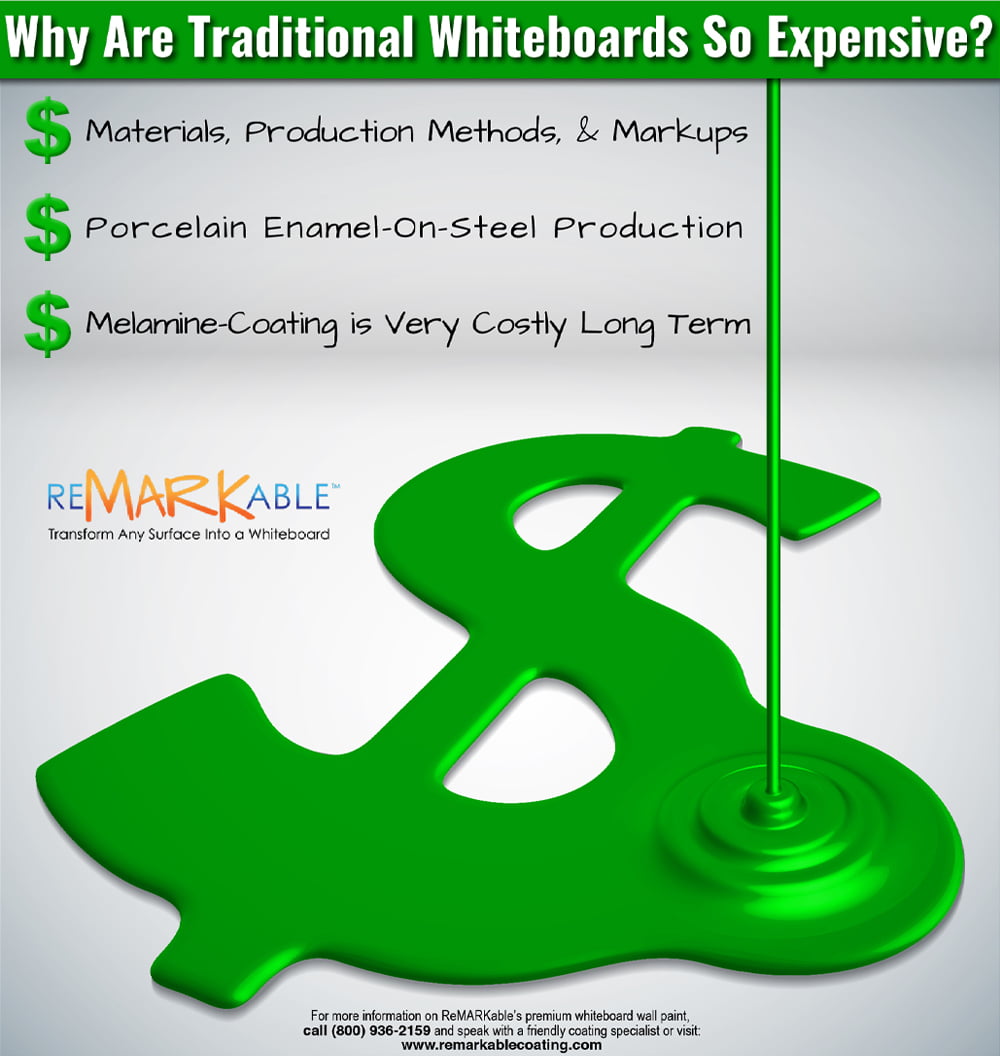

























































































![ReMARKable’s Winter Sale is Here! [25% Off + Free Shipping]](https://www.remarkablecoating.com/wp-content/uploads/2018/01/Red-Tag-Winter-Fashion-Facebook-Post-1-440x264.png)















![Drive Your Organization Into Openness and Watch it Expand [20% Off Whiteboard Paint]](https://www.remarkablecoating.com/wp-content/uploads/2016/04/Drive-Your-Organization-Into-Openness-and-Watch-It-Expand.-1-440x264.jpg)

![30% Off St Patrick’s Day Sale! [Details Inside]](https://www.remarkablecoating.com/wp-content/uploads/2016/03/Glorious-1-440x264.png)


![Giant Leaps Forward Require Big Spaces. [Leap Year Sale Event!]](https://www.remarkablecoating.com/wp-content/uploads/2016/02/Giant-Leaps-ForwardRequire-Big-Spaces-440x264.jpg)

















![ReMARKable Summer Sale 2018 [28% Off Whiteboard Paint]](https://www.remarkablecoating.com/wp-content/uploads/2018/06/Blue-Simple-Line-Beach-Facebook-Post-1-440x264.png)







































































































































































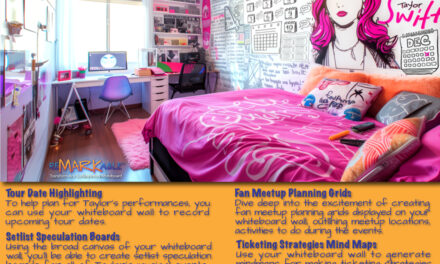


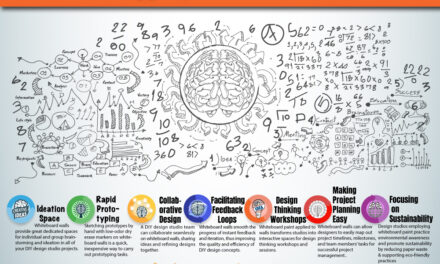
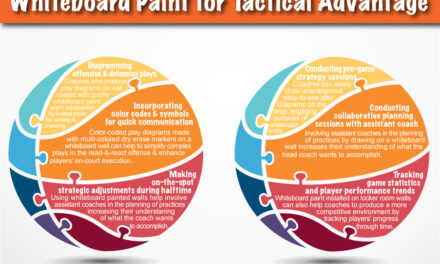
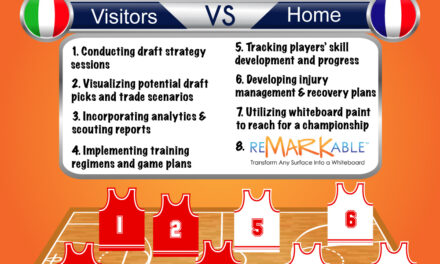

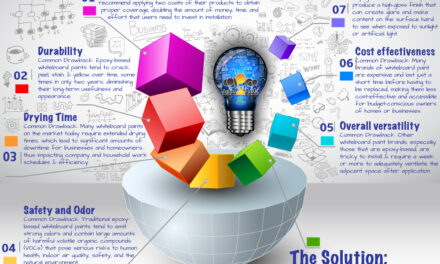

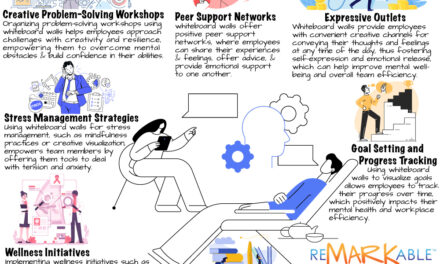


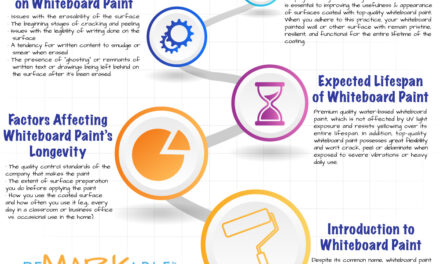
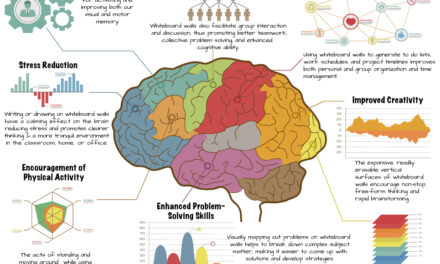
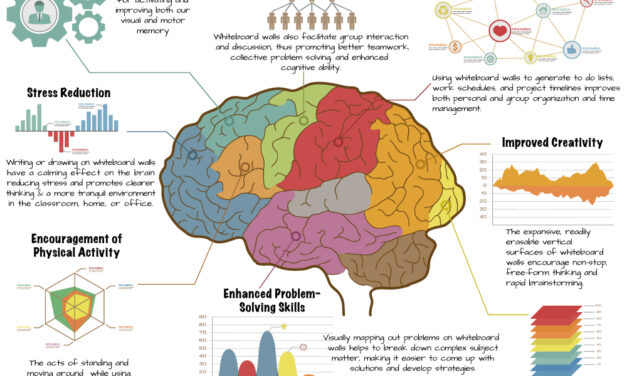














0 Comments